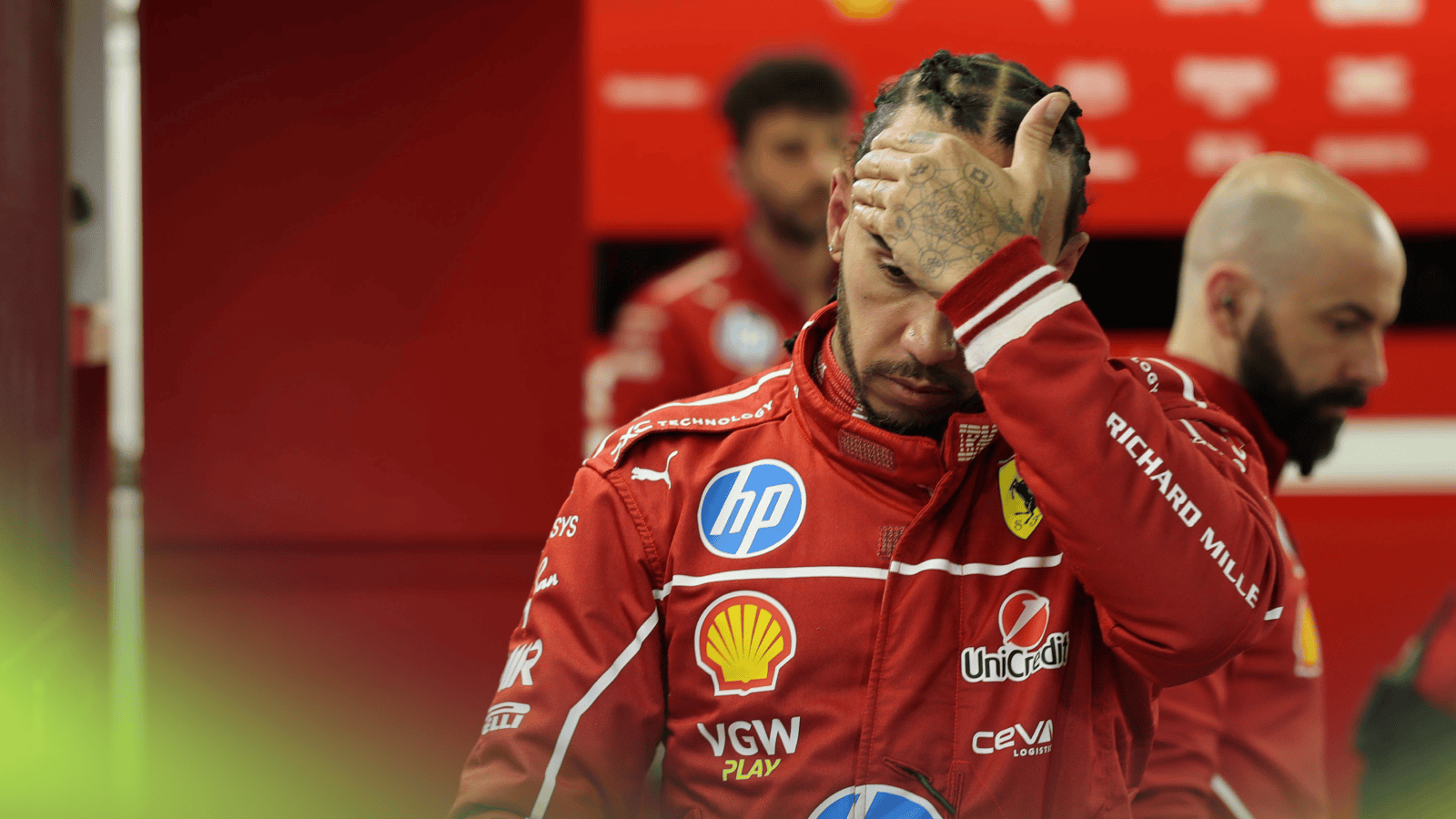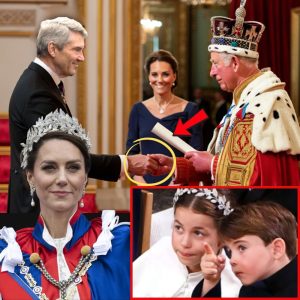The air in Maranello should be electric. The prancing horse, Ferrari’s iconic emblem, has arguably the greatest driver of his generation, Sir Lewis Hamilton, in its stable.
The financial reports are glowing, sponsorship deals are flowing like fine Italian wine, and the brand’s value is soaring.
By all accounts, the team is experiencing a financial renaissance, having reportedly raked in an astonishing $58 million in revenue within the first few months of Hamilton’s arrival. Yet, beneath this glittering veneer of commercial success, a storm is brewing.
The man at the center of this financial boom is deeply unhappy, his on-track performance is sputtering, and the dream partnership is beginning to look more like a golden cage.

When Hamilton announced his shocking move from Mercedes to Ferrari, the Formula 1 world was sent into a frenzy. It was a union of titans—the most successful driver in the sport’s history joining its most legendary team. The commercial implications were immediately apparent. Merchandise sales skyrocketed, new business contracts were signed, and high-profile sponsors clamored to be associated with the new power duo. The jewel in the crown of this commercial strategy was a monumental deal with tech giant HP, estimated to be worth between €80 to €90 million, making them Ferrari’s new main sponsor. This single deal underscored the immense marketing power of Hamilton; his name alone was a magnet for investment, capable of transforming a team’s financial fortunes before he even turned a wheel in anger.
However, the roar of the Tifosi, Ferrari’s passionate fanbase, has been conspicuously muted by the stark reality of the 2025 season. The financial windfall has not translated into on-track dominance. In fact, it has been the opposite. Hamilton, a driver accustomed to fighting for championships and breaking records, has been struggling. The Ferrari SF25, the machine entrusted to him, has been inconsistent and, at times, uncompetitive. His season has been a litany of frustrations, with his sole victory coming in a sprint race at the Chinese Grand Prix—a minor consolation in the grand scheme of a full championship campaign.
The low point came at the Hungarian Grand Prix, where Hamilton, a seven-time world champion, could only manage a dismal 12th place finish. For a driver of his caliber, such a result is not just disappointing; it’s a humiliation. The sight of him battling in the midfield, struggling to extract performance from a car that seems fundamentally flawed, has been a jarring spectacle for fans worldwide. The contrast between Ferrari’s booming bank account and its lackluster on-track results could not be more stark, creating a paradoxical situation that threatens to unravel the entire project.

The tension finally boiled over when Hamilton himself gave voice to his frustrations. In a candid interview that sent shockwaves through the paddock, he laid bare his concerns. “I’m not a walking billboard,” he declared, his voice laced with an uncharacteristic edge. “I’m a racer, and all I want is to win.” The statement was a direct shot across the bow of Ferrari’s management. It was a public declaration that he felt his primary purpose—to compete and win championships—was being overshadowed by the commercial machine he was now fronting. Speculation immediately ignited, with insiders suggesting a growing rift between the driver and the team’s leadership. Was Ferrari more interested in leveraging his global brand than providing him with a car capable of winning?
This predicament has been described by critics as a “golden trap.” Ferrari finds itself in an enviable financial position, wealthier and more marketable than it has been in years, thanks almost entirely to Hamilton’s presence. Yet, this wealth has been built on the reputation of a legend who is currently unable to perform at his peak. As veteran Italian F1 commentator Carlo Vanzene astutely noted, Ferrari has acquired a money-making icon, but not the championship trophies that are the ultimate currency in Formula 1. The team is caught in a delicate balancing act: it needs Hamilton for his commercial value, but it cannot afford to let its on-track performance languish indefinitely. The prestige of the Ferrari name is built on victory, not just healthy profit margins.
The future now looks uncertain. Hamilton is bound by a three-year contract, but the world of Formula 1 is notoriously unsentimental. If the performance doesn’t improve, it’s difficult to see a driver of his ambition and stature content to play the role of a highly paid brand ambassador. The burning desire to secure a record-breaking eighth world title was the driving force behind his move, and if Ferrari cannot provide him with the tools to achieve that goal, the relationship could sour irreparably. A potential split, once unthinkable, is now being whispered about in the corridors of power.

For its part, Ferrari’s management is acutely aware of the situation. They are keen to retain Hamilton, not just for the revenue he generates, but for the credibility and prestige he brings. The central challenge now facing team principal Frédéric Vasseur and his technical department is to bridge the chasm between their financial success and their on-track results. Can they harness their newfound resources to develop a car that can compete with the likes of Red Bull and McLaren? Can they prove to their star driver that their ambitions align, and that winning remains the ultimate priority?
The 2025 season is a critical juncture for both Hamilton and Ferrari. It is a test of their partnership, their resilience, and their shared commitment to a common goal. The story of Hamilton’s Ferrari tenure is still being written, but its opening chapter is a cautionary tale about the complex interplay between commerce and competition in modern sports. Ferrari has successfully monetized a legend, but the true measure of their success will be whether they can translate that financial power into the one thing that truly matters in Formula 1: victory. The world is watching to see if they can turn their golden trap into a golden era.





